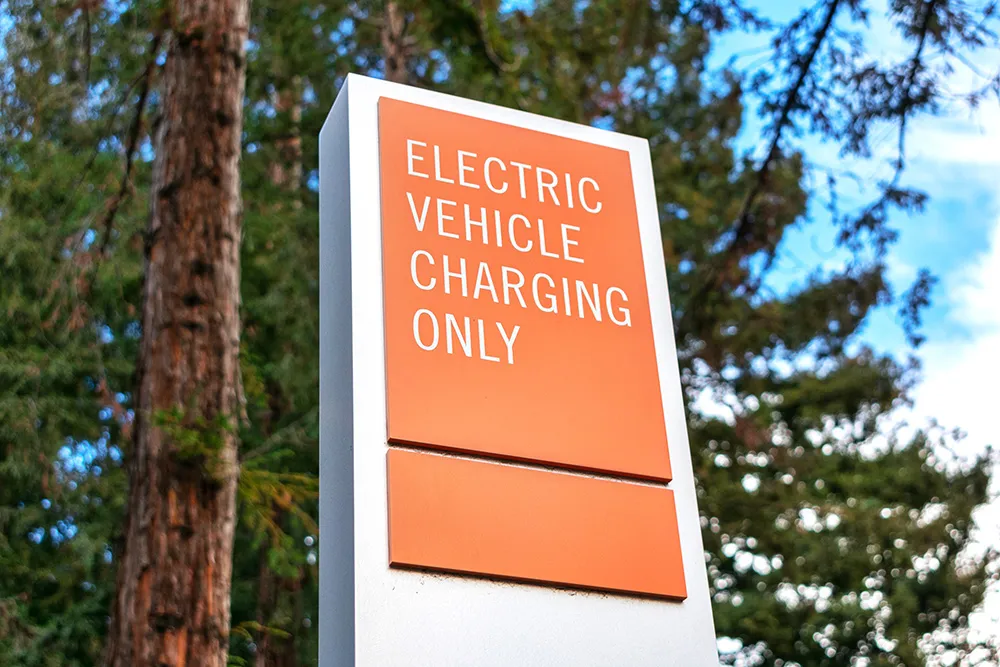IDTechEx Research finds that the traction motor business will rise to around US$400 billion in 2027. Its report, Electric Motors for Electric Vehicles 2017-2027, navigates the jargon, the design options and the disagreements. The changing needs and evolving technology are matched to create ten year market forecasts and technology timelines based on recent intensive travel and interviews by expert PhD level analysts.
The report reveals how the rotating electric machine (REM) system is taking a larger sha
March 24, 2017
Read time: 2 mins
The report reveals how the rotating electric machine (REM) system is taking a larger share of costs over the years as simpler batteries become cheaper. By contrast, REM systems are variously being asked to grab regenerative energy, eliminate transmission, provide better speed/torque characteristics and even form part of the structure such as tucked into the wheel with brake and controller. In hybrids add take-off. Crucially, in addition to becoming motor-generators, more REMs are being used per vehicle for reasons explained in the report, which has in-wheel forecasts for that form of multi-motor.
Electric Motors for Electric Vehicles 2017-2027 reports that increasingly the choice of REM system benefits the unique selling propositions of the vehicle. Where it eliminates the need for a gearbox it can increase range 15%. Extreme power-to-weight ratio REMs are sought for most vehicles.
The report includes chapters fully explaining the technology and how it fits with all vehicles, making sense of this sometimes confusing industry through infographics, roadmaps and forecasts. Future trends for electric motors and alternative powertrains are thoroughly examined alongside detailed activities of 170 traction motors manufacturers. Primary interviews by IDTechEx experts with key players provide unique insights.
Ten important trends receive particular attention in the report: Multifunction; proliferation; integration; power increase; voltage increase; less metal/more electronics; new technology preferences; changed location; less cooling.








